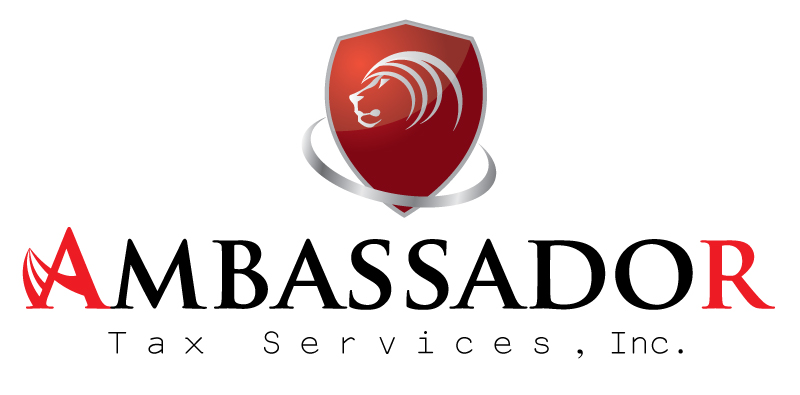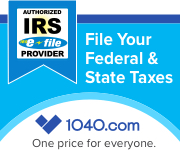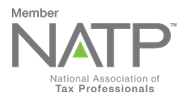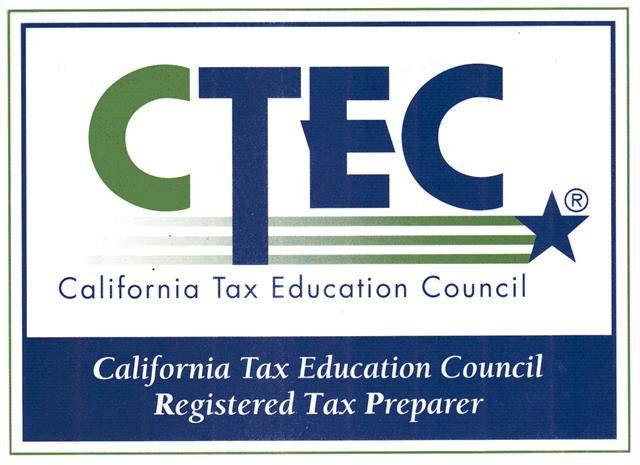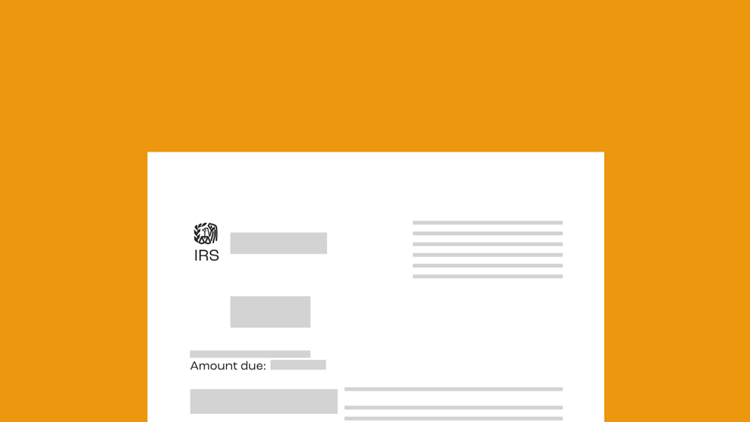
by Ambassador Tax Services, Inc. | Dec 31, 2021 | Tax Tips and News
If taxpayers get a letter from the Internal Revenue Service relating to either the Advance Child Tax Credit or Economic Impact Payments, they need to file the letters for safekeeping.
Those taxpayers will need the letters when they file their 2021 income taxes next year. The IRS is urging letter recipients to hold onto the letters because their information can help reduce errors and speed up processing of their returns.
Letters will be mailed soon
They IRS says it will mail out Letter 6419, 2021 Advance CTC, starting this month and continuing into January. The letter includes the total advance Child Tax Credit payments the taxpayer received in 2021 and the number of qualifying children the taxpayer used to figure their advance payments.
Here’s why it’s important that taxpayers retain these letters: families who got the advance payments will have to use this information when they file their 2021 returns in order to claim the remaining half of the credit.
The return will basically have them compare the advance payments they received with the remaining amount of the credit they’re still eligible to get. Using the letter makes preparing tax returns easier. It also speeds things up at the IRS.
Taxpayers who got the advance payments can also use the CTC Update Portal on the IRS website to check the amount of their payments.
Families who are eligible for the credit but didn’t get the advance payments can still claim the full amount of the credit on their 2021 tax return—even if they don’t normally need to file.
EIP recipients to get their own letters
Taxpayers should start getting Letter 6475, Your Third Economic Impact Payment, in late January.
This letter goes out to those who received the third Economic Impact Payment (EIP), to help them determine if they qualify for any remaining Recovery Rebate Credit on their 2021 tax return.
The third EIP was an advance payment of the Recovery Rebate Credit that would be claimed on the 2021 tax return.
Most eligible individuals have already gotten their payments, but those who are still missing stimulus payments need to look over the IRS letter to determine if they’re eligible and if the need to claim the credit for either the 2020 or 2021 tax years.
Note that Letter 6475 will also go out to recipients of “plus-up” payments, which were extra payments the IRS sent out to certain taxpayers. “Plus-up” recipients received a third EIP based on:
- A 2019 income tax return; or
- Information from the Social Security Administration, Railroad Retirement Board, or Veterans’ Administration; or
- A 2020 income tax return that showed the taxpayer was eligible for a larger amount.
These EIP letters—like the letters for the Child Tax Credit—should be retained for use when the payment recipients file their 2021 income tax returns.
Visit the IRS website for more information on the advance Child Tax Credit, Economic Impact Payments or other COVID-19-related tax relief.
Source: IR-2021-255
– Story provided by TaxingSubjects.com

by Ambassador Tax Services, Inc. | Dec 31, 2021 | Tax Tips and News
Taxpayers who took advantage of some tax-relief measures during the dark days of the COVID-19 pandemic are being reminded that’s it’s now time to pay up.
For some taxpayers, the part of their 2020 Social Security tax bill they were able to delay to 2022 will be due for payment January 3.
COVID relief measures in 2020 gave employers and self-employed taxpayers the option to delay paying the employer’s share of their Social Security tax—which is normally 6.2% of their wages. Half of that is now due January 3, and the other half on Jan. 3, 2023.
Most of the taxpayers affected by the January 3 deadline have already gotten notices from the Internal Revenue Service, reminding them of the impending deadline.
Be warned, however, that the IRS says the new deadline will apply even if an affected employer or individual didn’t get the IRS notice; the payment is still due on time.
Separate COVID relief legislation allowed employers to choose whether to skip withholding Social Security taxes from eligible employees; instead, they could withhold tax this year and pay those amounts to the IRS.
Find details on What employers need to know about repayment of deferred payroll taxes on the IRS website.
How to repay
One of the easiest and quickest ways to make the payment is through the Electronic Federal Tax Payment System (EFTPS). This system allows payment by credit or debit cards, checks, or even money orders. Remember that these payments cannot be combined with any other payment in order for them to be credited properly.
Here’s how to use the EFTPS to make a deferral payment:
- Go to the Tax Type Selection screen;
- Select Deferred Social Security Tax;
- Change the on-screen date to the correct tax period (usually, the calendar quarter in 2020 for which tax was deferred).
If there are problems, check out the EFTPS website at EFTPS.gov, or call 800.555.4477 or 800.733.4829.
Another method to pay deferred tax is through Direct Pay, which is a service only available on the IRS website, IRS.gov.
To use Direct Pay, select “balance due” as the reason for payment. Select “installment agreement” if paying with a debit or credit card. Finally, apply the payment to the 2020 tax year, where the payment was deferred.
Source: IR-2021-256
– Story provided by TaxingSubjects.com

by Ambassador Tax Services, Inc. | Dec 29, 2021 | Tax Tips and News
In November 2021, Drake Software and Right Networks collaborated on a three-part series highlighting different software solutions available to tax professionals.
In part one, we learned about the different ways tax practices run software.
Part two covered how cloud application hosting handles data security.
And in part three, Drake Software taught us how cloud application hosting facilitates remote work.
Now, we will answer the question: If I have been using Drake Software without the cloud, why do I need to host now? Here are three reasons:
- To secure Drake Tax and Drake Accounting data.
- To get one step closer to the FTC’s “The Safeguards Rule” compliance.
- To enable hybrid-remote, fully remote, and on-site work.
1: To Secure Drake Tax and Drake Accounting Data
Roman Kepczyk, Right Networks’ director of firm technology strategy, recently attended The CPA Practice Advisor Ensuring Success event. This annual sit-down of some of the industry’s thought leaders focused on one topic this year: firm security.
Unfortunately, it was the thought leaders’ consensus that firms haven’t taken cybersecurity threats seriously enough. Cyber attacks can happen to anyone, at any time, and firms handling taxpayer data are at greater risk—because hacking into one firm is like hacking into thousands of bank accounts at once.
There are various reasons behind why firms aren’t prioritizing security, but often it’s because firms don’t believe that they’re enough of a target (they are) or they don’t have enough resources to implement safeguards (they do).
Here are a few ways hosting Drake Tax and Drake Accounting software data in the Right Networks Cloud makes your firm more secure:
- Tier-4 data centers store data. Multiple tier-4 data centers across the US create an end-to-end redundant data infrastructure. (Tier-4 data centers are the most advanced type of data center, and the standard used by global banks.)
- Nightly 90-day rolling backups protect data from accidental loss or deletion. Accidentally delete the previous day’s work? Give our support agents a call and we’ll restore it for you.
- 24/7/365 intrusion detection systems help monitor for suspicious activities. Ever go on vacation and get a call from your bank about suspicious card activity? Our security experts are constantly monitoring for any potential threats and will notify you about any suspicious cloud activity.
Learn more about Right Network’s built-in security measures for hosted Drake Software.
2: One Step Closer to FTC Safeguards Rule Compliance
The FTC understands the proverbial goldmine target that’s on firms’ backs and has put together a list of requirements that every financial institution must follow. Failure to comply with the FTC Safeguards Rule can result in fines and cause irreparable damage to your firm’s reputation.
According to the FTC, the first step to being compliant with The Safeguards Rule is “developing a written information security plan.” And “as part of its plan, each company must … select service providers that can maintain appropriate safeguards.” *
That brings us back to the reason why we’re here: How cloud hosting (and specifically Right Networks cloud hosting for Drake Software) safeguards client data, helping firms get that much closer to FTC compliance.
Here are a few ways Right Networks cloud hosting builds in security safeguards to protect any hosted apps, software, and data (above and beyond what other providers may offer):
- Multi-factor authentication powered by Duo: Passwords can be cracked. Multi-factor authentication uses a combination of 1) something you know, 2) something you have and 3) something you are to verify that it’s really you before it will allow access to your cloud portal. All Drake Tax and Drake Accounting cloud hosting customers get Duo included in their package, for no extra charge.
- Employee security: Our employees are all 100 percent US-based. What does this have to do with security? If employees are US-based, data is, too. So, in support cases, you can rest assured that the individual supporting you isn’t remoting in from a country with sketchy-at-best data privacy regulations.
*There’s a lot more to complying with The Safeguards Rule; learn what it takes to get into compliance by visiting FTC.gov.
3: To Enable Hybrid-Remote, Fully Remote, and On-Site Work
The Right Networks Cloud was around long before remote work became the norm, and it has a lot more to offer than just enabling secure remote access. However, it did become that much more popular in March of 2020 precisely because of its ability to facilitate an easier, safer way to work remotely.
“It has made working remotely not only possible but just like I’m in the office! Throughout COVID there have been many changes, but I have been able to work normally, efficiently, and consistently with this system. There isn’t a learning curve; it just works!” Jennifer M., Full Charge Bookkeeper
We don’t know what next year, or even next month, will bring. We don’t know if teams will be required to go back home to work; we can’t predict how clients will want to meet. We do know this: Tax season is nearly upon us. And every business must be prepared to work from anywhere—the office, home, client sites—full stop.
Maintaining business continuity is key. And with Drake Software hosted in the cloud, teams can maintain business continuity by:
- Being able to work from anywhere, from any device
- Keeping pre-determined processes and workflows
- Inviting clients to collaborate in-cloud, saving you from trips to client offices (or worse: snail-mailing confidential information)
- Saving time on non-tax related tasks, such as backing up files or installing applications (we do that for you!)
Learn how cloud hosting enables business continuity for teams.
Who is Right Networks?
Right Networks is a company dedicated to serving the accounting industry. Our mission is to provide our accounting and tax firms with the tools they need to make every workday more efficient and secure.
– Story provided by TaxingSubjects.com
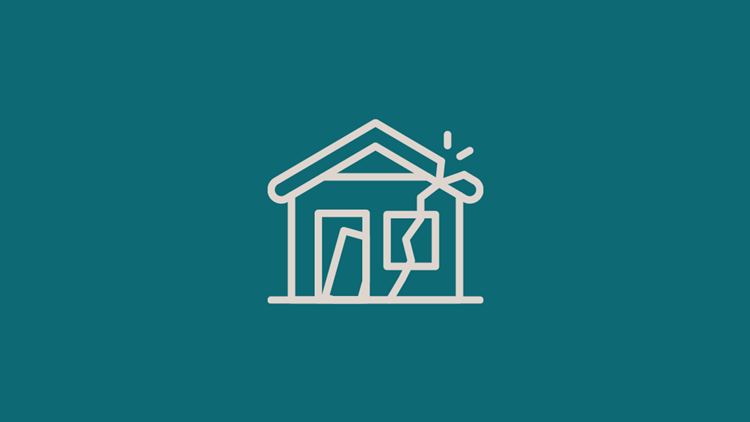
by Ambassador Tax Services, Inc. | Dec 28, 2021 | Tax Tips and News
As recovery efforts spread across parts of the south in the wake of the December 10 tornadoes, the Internal Revenue Service is expanding its effort to give affected taxpayers in the region a helping hand.
The IRS has expanded its previously issued relief package to now encompass affected taxpayers not only in Kentucky, but also in Tennessee and Illinois.
This means taxpayers within the federal disaster area as declared by the Federal Emergency Management Agency (FEMA)—whether they were hit by tornadoes, severe thunderstorms or floods—can receive the same tax breaks and revised deadlines as Kentucky storm victims.
Those who live or own a business in specified counties in Illinois and Tennessee are due the same relief measures as affected taxpayers in Kentucky.
Illinois:
- Bond
- Cass
- Coles
- Effingham
- Fayette
- Jersey
- Macoupin
- Madison
- Montgomery
- Morgan
- Moultrie
- Pike
- Shelby
Tennessee:
- Cheatham
- Decatur
- Dickson
- Dyer
- Gibson
- Lake
- Obion
- Stewart
- Weakley
The IRS says it will provide the same measure of relief to any taxpayer once their county is added to the federal disaster declaration.
To access a complete up-to-date list of eligible counties and other locations, see the IRS disaster relief webpage on the IRS site.
What are the terms of the relief?
The IRS relief package basically gives qualified taxpayers within the now-expanded federal disaster area until May 16, 2022, to file and pay a whole array of federal taxes. The relief applies to individuals and businesses alike.
Some of the taxes that now have a May 16 deadline for taxpayers within the disaster area include:
- 2021 individual income tax returns that would otherwise be due April 18;
- 2021 business returns that are normally due in March and April;
- Quarterly estimated income tax payments that would ordinarily be due January 18 and April 18 (individuals can skip their January fourth-quarter estimated tax payment and simply include it with their 2021 return when they file);
- Quarterly payroll and excise tax returns otherwise due on January 31 and May 16.
For a complete list of returns, payments and other tax-related actions that qualify for additional time to file or pay, see the IRS disaster relief webpage.
No action is required to receive the tax relief
The terms of the IRS relief package are automatic; that is, they are in force for any qualified taxpayers who live or work within the bounds of the federal disaster area. As counties are added to the disaster area, so are they added to the IRS relief package.
No need for taxpayers to call the IRS and ask if they qualify for relief; IRS systems are programmed to check the taxpayer’s address on record and automatically apply the terms of relief if the address is within the disaster area.
Taxpayers who are within the disaster area, however, and get a notice of late filing or late payment with a due date that falls within the December 10—May 16 time frame, should call the number printed on the notice to have the penalty abated.
Individual taxpayers and businesses who suffered uninsured or unreimbursed losses in the disaster can choose to claim their losses one of two ways: taxpayers can either claim these losses in the year they occurred (the 2021 return filed next year) or on the return for the prior year—in this case, 2020.
No matter which way the losses are claimed, Illinois taxpayers should write the FEMA declaration number 3577EM on their return making a claim. Tennessee taxpayers should use declaration number 3576EM.
Publication 547, Casualties, Disasters and Thefts, has additional information on how to claim a loss from natural disasters.
For more information on disaster recovery and the federal government’s coordinated response to the storms, visit DisasterAssistance.gov.
Source: IR-2021-252
– Story provided by TaxingSubjects.com

by Ambassador Tax Services, Inc. | Dec 21, 2021 | Tax Tips and News
As the phrase goes, all good things come to an end, and the Internal Revenue Service is saying just that about the advance payments of the Child Tax Credit, or CTC.
In December, families who have qualified for the advance payments of the credit will get their final installment of the advance payments.
The party, however, is only half over.

Qualified taxpayers get to claim the other half of the total tax credit on their 2021 income tax return that’s filed in the new year. Since it’s a refundable credit, they’ll get the refund even if they don’t owe any tax due.
The advance payments of the CTC are ending
The last batch of advance payments—most of them arriving via direct deposit—are going out to more than 36 million American families and total some $16 billion.
The advance payments of the credit were made possible by the American Rescue Plan legislation, which allowed more than 200 million payments worth a total of $93 billion. For those families that qualified, each advance payment could be up to $300 per month for each child under age 6, and up to $250 per month for each child age 6 through 17.
Some details on the December payments include:
- Families will see the direct deposit payments in their accounts starting December 15. Like the prior payments, the vast majority of families will receive them by direct deposit.
- For those receiving payments by paper check, be sure to allow extra time, through the end of December, for delivery by mail.
- Payments are going to eligible families who filed a 2019 or 2020 federal income tax return. Returns processed by December 1 are reflected in these payments. This includes people who don’t typically file a return but either during 2020 successfully filed a return to register for Economic Impact Payments using the IRS Non-Filers tool on IRS.gov, or in 2021 successfully filed a return by using the Non-filer Sign-up Tool for advance CTC.
- Families who did not get a July, August, September, October or November payment and are getting their first monthly payment this month will still receive their total advance payment amount for the year (which is half of their total Child Tax Credit). This means that the total advance payment amount will be made in one December payment.
File to get the rest of the credit
Qualified taxpayers who didn’t get any advance payments of the Child Tax Credit can still claim the full amount of the credit by filing a 2021 federal income tax return, which is due in April.
Those taxpayers who received advance CTC payments have to file a 2021 income tax return to claim the remaining half of the credit. In so doing, they’ll compare the advance Child Tax Credit payments they got in 2021 with the total amount of the CTC the are qualified to claim.
The IRS says it will send out Letter 6419 in January, telling taxpayers the total amount of advance Child Tax Credit payments they received and the number of qualified children that were claimed to get the credit.
Taxpayers should keep this letter and file it with their other tax records.
For more information, visit Reconciling Your Advance Child Tax Credit Payments on Your 2021 Tax Return on the IRS website. Other resources can be found on the IRS special advance CTC 2021 page, also on IRS.gov.
Source: IR-2021-249
– Story provided by TaxingSubjects.com


